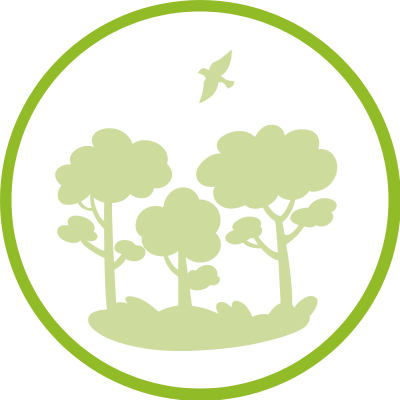Many people enjoy spending time in nature and taking notice of the wildlife around you can be hugely enjoyable and rewarding. Did you know that just by noting down what you see and passing this information on, you can make a difference to protecting our precious species and habitats?

Any data sent to us can be requested by ecological consultants. Ecologists use this data as part of their work, looking at the impact of any planned development, considering records of protected and notable wildlife and how the development could affect these species and their habitat. In this way, details of wildlife found in the area inform decisions on what’s built, when it’s built, how it’s built and any mitigation work needed to replace habitat lost during development.

We work closely with many partner organisations, big and small, to make sure that our data feeds into their work identifying, protecting or managing areas like local wildlife sites, providing havens for nature. Evidence of biodiversity could help an area gain or retain protected status, thereby safeguarding the wildlife found there.

Looking at differences in what wildlife has been spotted over time can help conservationists identify species or areas which are in trouble, which helps to direct and inform efforts to protect them. For example, it helps to highlight how climate change affects species distributions (where they’re found). This is one of the reasons why recording species thought of as ‘common’ is important – in many years they may not be common and scientists will need to be able to look back to make a comparison. Data sent to us is available for conservationists or researchers to use to help with this.

Looking at any changes in species records in response to conservation work is crucially important for informing future decisions and actions. It allows conservationists to decide what’s working well and what might need improving.